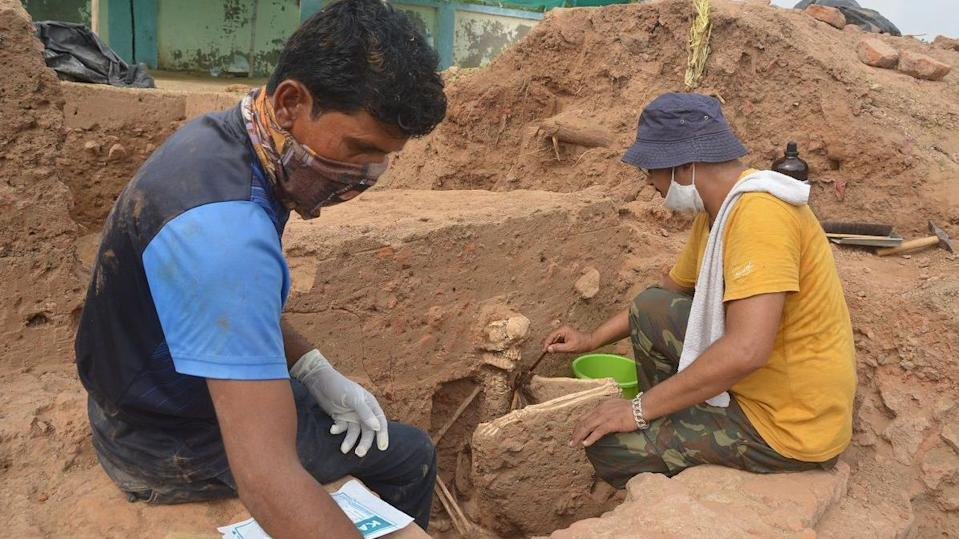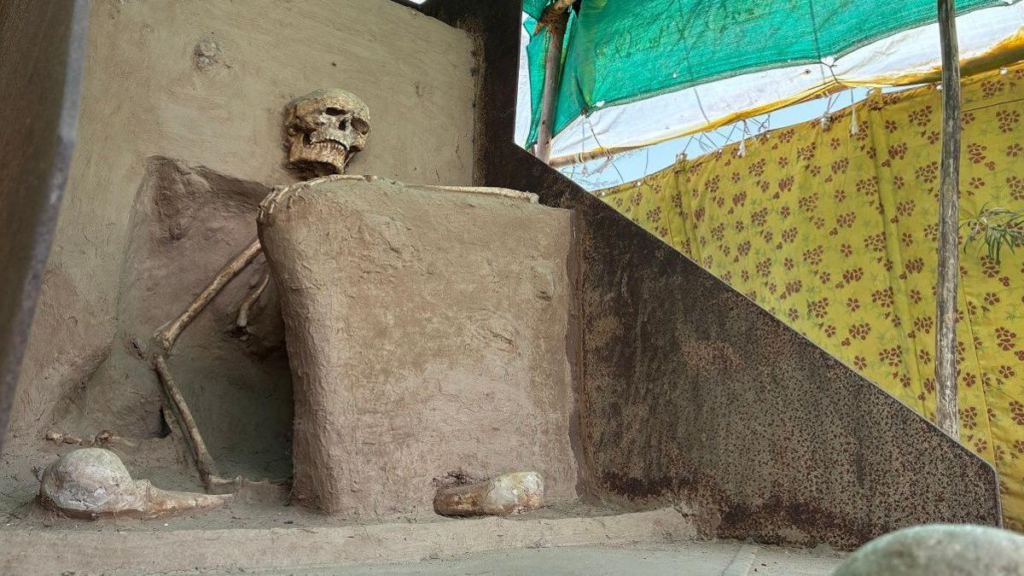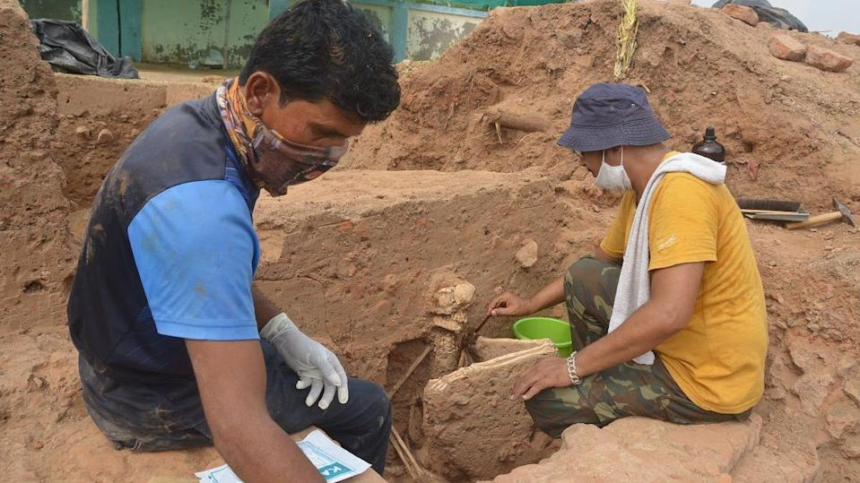Introduction
India, a land rich in heritage and ancient civilizations, often stuns the world with archaeological discoveries. Yet, one remarkable find—a prehistoric human skeleton unearthed over a decade ago—remains curiously unaddressed. This ancient Indian skeleton continues to sit in limbo, awaiting both a scientific and respectful resolution. Why is it still left without a permanent address?

1. The Forgotten Discovery: Where It All Began
The skeleton in question was discovered at a prehistoric site during an excavation conducted by the Archaeological Survey of India (ASI). Preliminary dating suggested it could be several thousand years old, offering crucial insight into early human settlements on the subcontinent. However, the excitement quickly faded, and the remains were quietly shelved—literally and figuratively.
2. Scientific Value Ignored
Anthropologists believe the skeleton could have significantly contributed to our understanding of early human migration and adaptation in the Indian subcontinent. Despite the potential for DNA analysis and isotopic studies, there has been no follow-through. Lack of funding, bureaucratic hurdles, and shifting academic priorities have kept the remains in storage, with minimal public or scientific engagement.
3. No Permanent Display or Resting Place
Unlike other high-profile discoveries showcased in national museums, this ancient skeleton has been left without a designated resting place. Preservation conditions remain uncertain, raising concerns over the long-term integrity of the specimen. There are no plans announced for public display, nor has it been respectfully buried or commemorated—a glaring oversight in heritage preservation.
4. Bureaucratic Bottlenecks
The case has been tangled in red tape. Permissions for further study remain stalled, while inter-departmental conflicts between cultural ministries and research institutions add layers of delay. There’s also no clear legal pathway for claiming ownership or stewardship over ancient remains in India, adding to the complexity.
5. Cultural and Ethical Silence
The ethical dilemma surrounding ancient human remains is a global one—but India’s silence on this matter is especially telling. Questions about how ancient remains should be treated—displayed, studied, or reburied—are met with institutional inaction. Indigenous histories and cultural narratives are sidelined, raising concerns about whose past is being preserved—and whose is ignored.
Conclusion
The ancient Indian skeleton left without a home is more than just an archaeological oversight—it’s a reflection of our societal priorities. As India strides toward modernity, it must also confront how it handles its past. Will this skeleton ever receive the attention, respect, and scholarly focus it deserves? Until then, it remains a haunting emblem of forgotten history, waiting patiently for a permanent address.
Call to Action: Want to explore more mysteries buried in Indian soil? Read our feature on India’s Forgotten Archaeological Sites.
External Source: Archaeological Survey of India (ASI)










